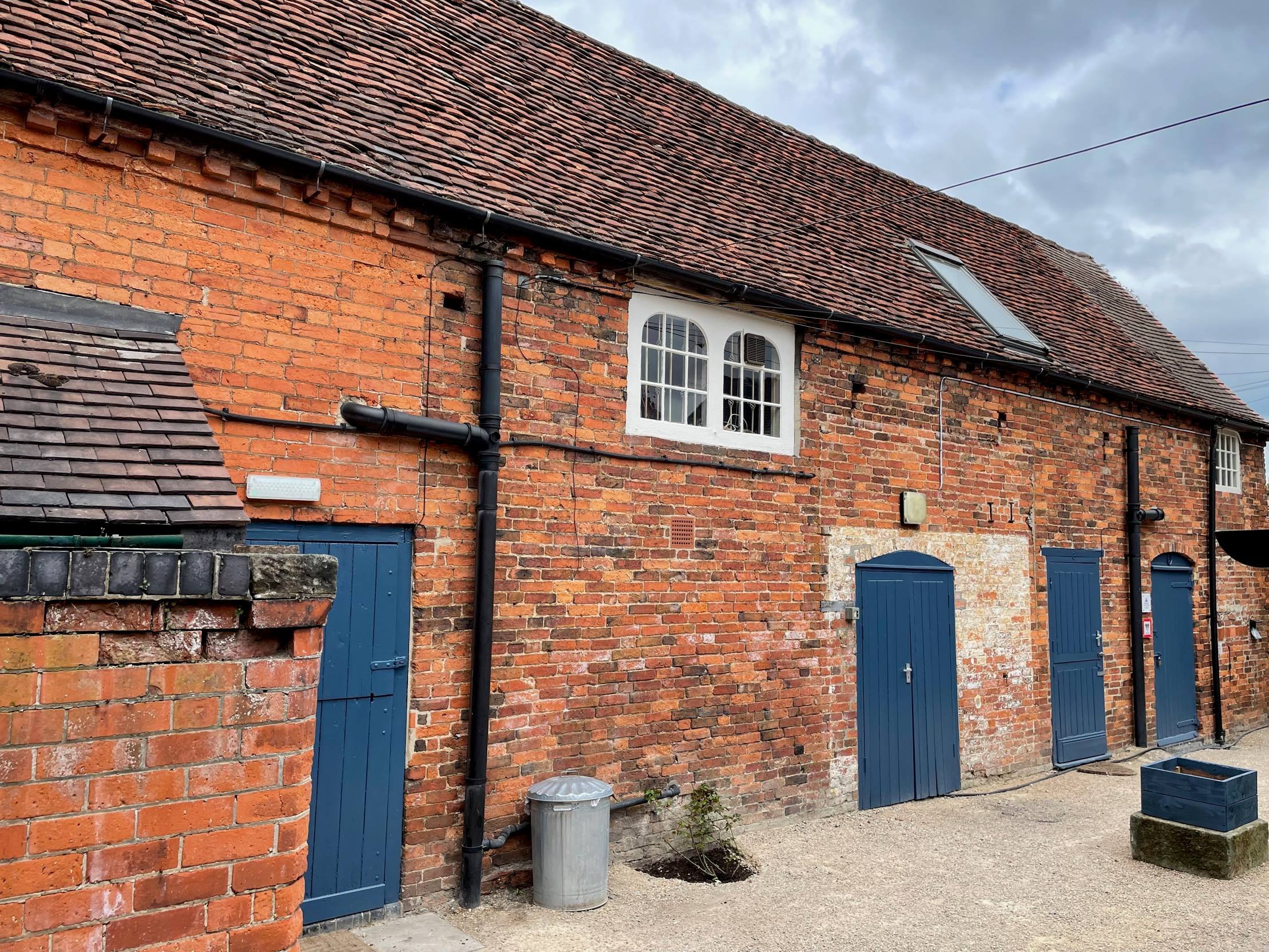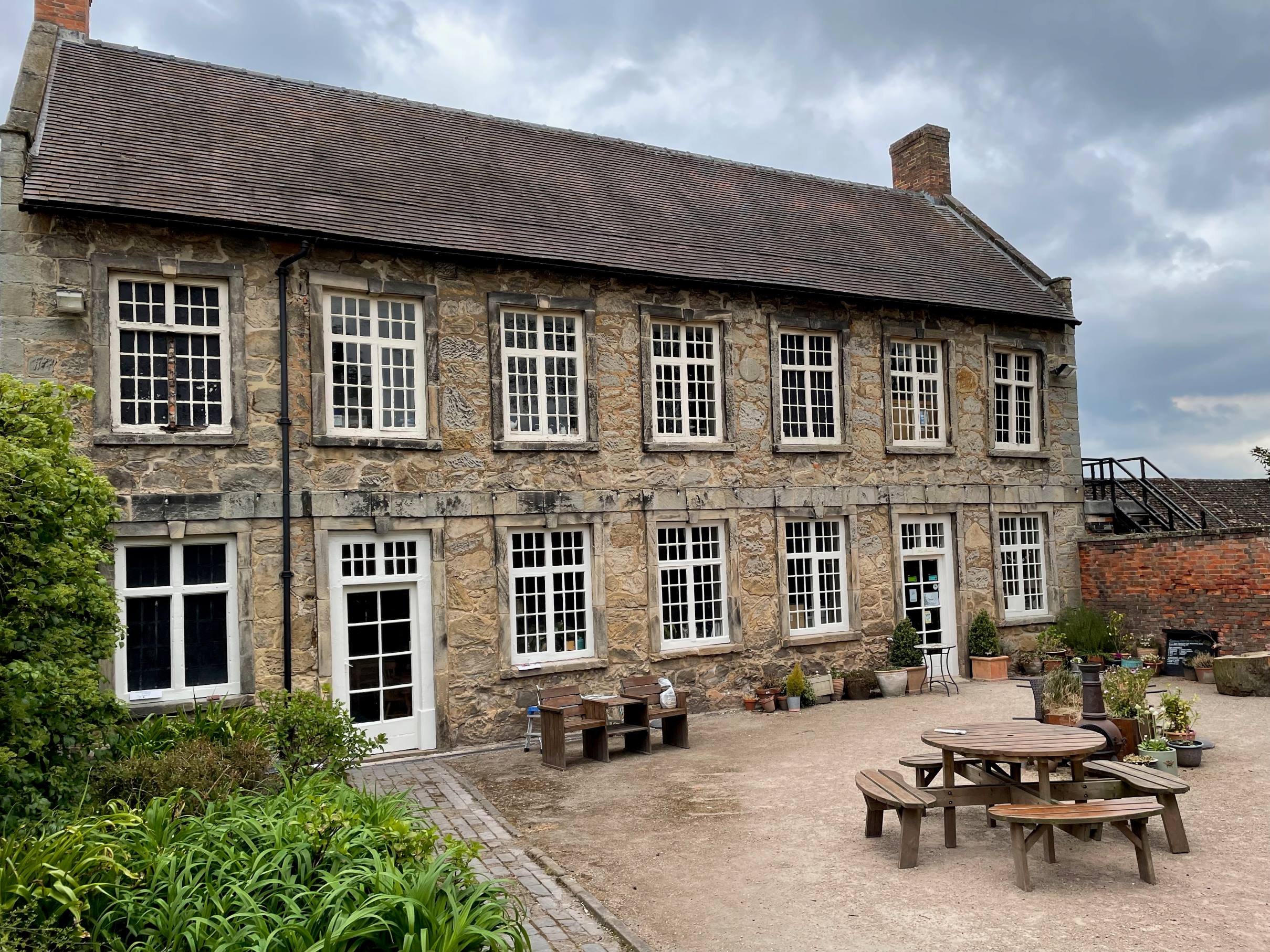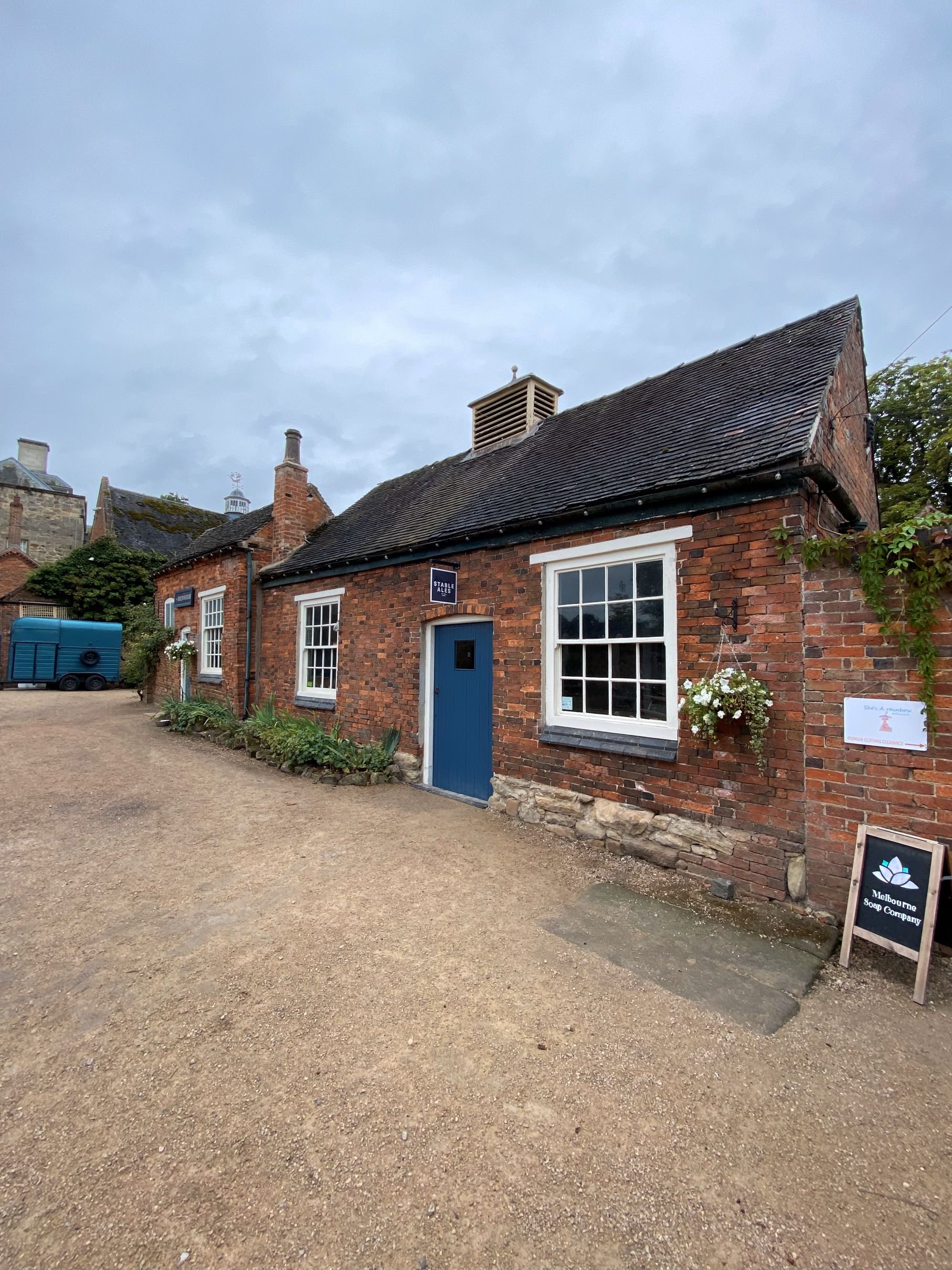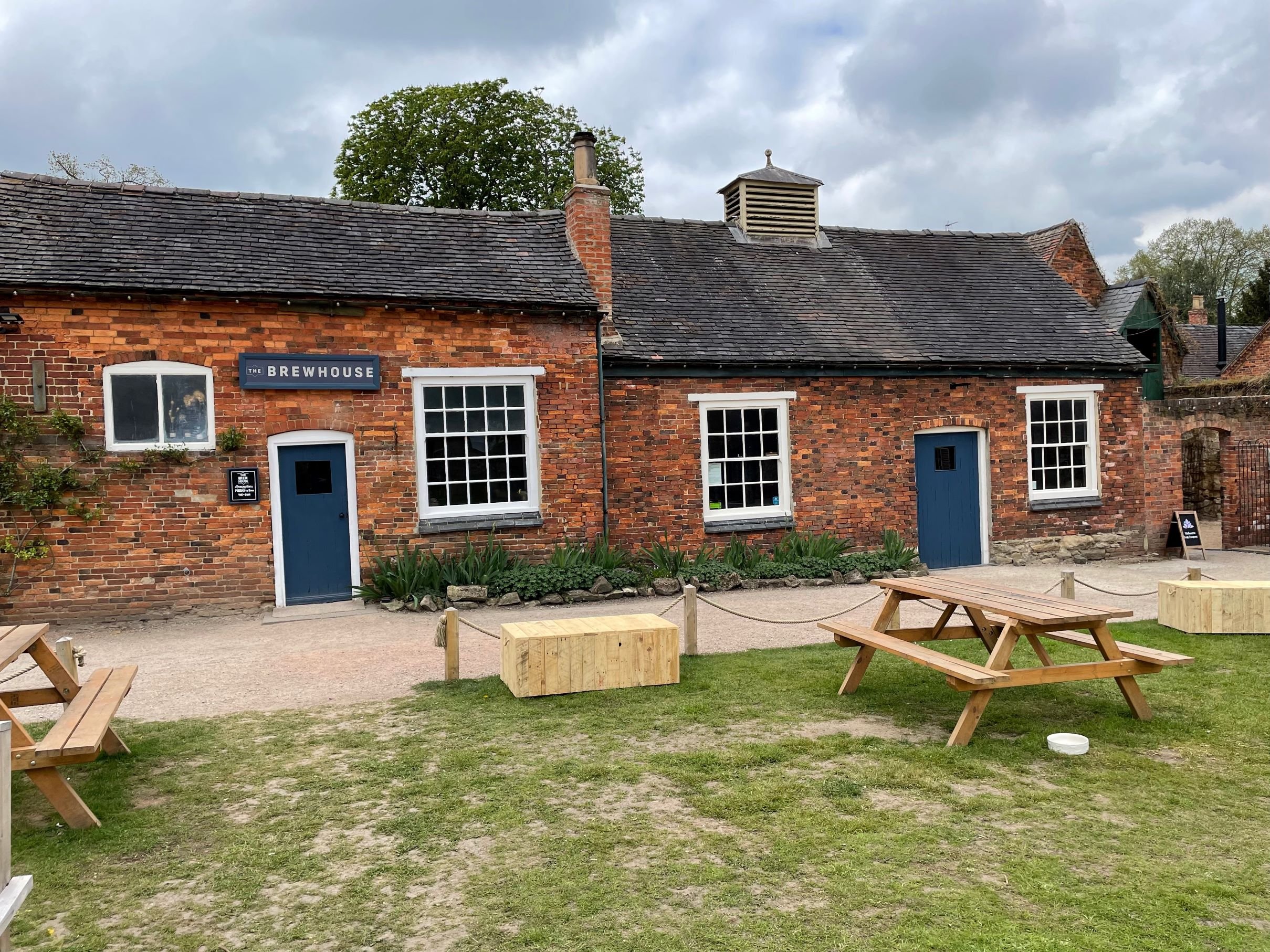
Case Study: Melbourne Hall Visitors Centre
In this case study, we will explore the successful planning application and listed building consent process for the retrospective change of use of the buildings with the Visitors Centre is comprised of. These historic buildings, located in their picturesque setting, required careful consideration and adherence to regulatory guidelines to ensure the preservation of these heritage assets while facilitating its adaptive reuse as a visitor attraction.
A Successful Planning Application and Listed Building Consent Case Study
-
Melbourne Hall situated in Derbyshire, has a rich history, dating back several centuries. Originally built as a residential dwelling, it later evolved to include a visitor centre , to accommodate the growing number of tourists, and history enthusiasts visiting the Historic Parkland, and Gardens.
-
The primary challenge in this case was obtaining retrospective planning permission and listed building consent for the Change of Use of all building within the Visitors Centre. These buildings are all listed by virtue of their location, but also include two Grade I listed Buildings.
-
1. Comprehensive research: The project team conducted extensive research on the historical significance of Melbourne Hall and its Visitors Centre, ensuring a deep understanding of the building’s architectural features and cultural heritage.
2. Collaboration and Consultation: Engaging with conservation officers, and the local planning authority was a critical part of the process. Collaborative discussions and consultations helped establish a shared vision, and ensured compliance with planning policy, and preservation guidelines.
3. Detailed Planning application: The team prepared a comprehensive planning application that detailed the proposed uses for each unit, and building within the Visitors Centre. Careful attention was given to addressing the role that the Visitors Centre plays in the conservation of the surrounding heritage assets.
4. Listed Building Consent Application: An application for listed building consent is submitted alongside the planning application.
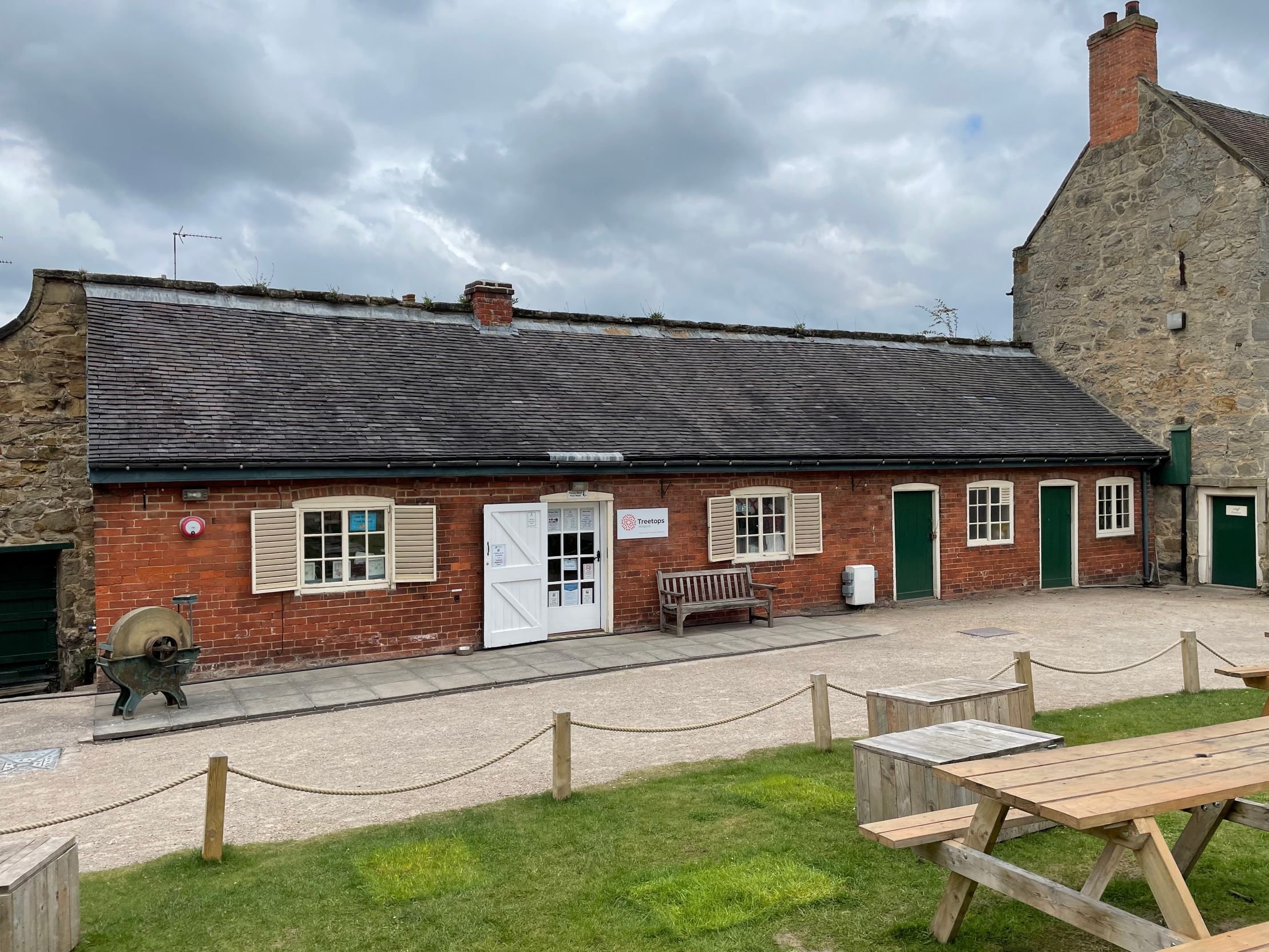
Conclusion
The successful planning application and listed building consent for the retrospective change of use of Melbourne Hall Visitor’s Centre exemplifies the balance between preserving cultural heritage and accommodating contemporary needs. The collaborative efforts, rigorous research and meticulous planning have resulted in a project that both respects the past, meets the demands of the present, ultimately enhancing the visitor experience, while safeguarding the building’s historical legacy.
